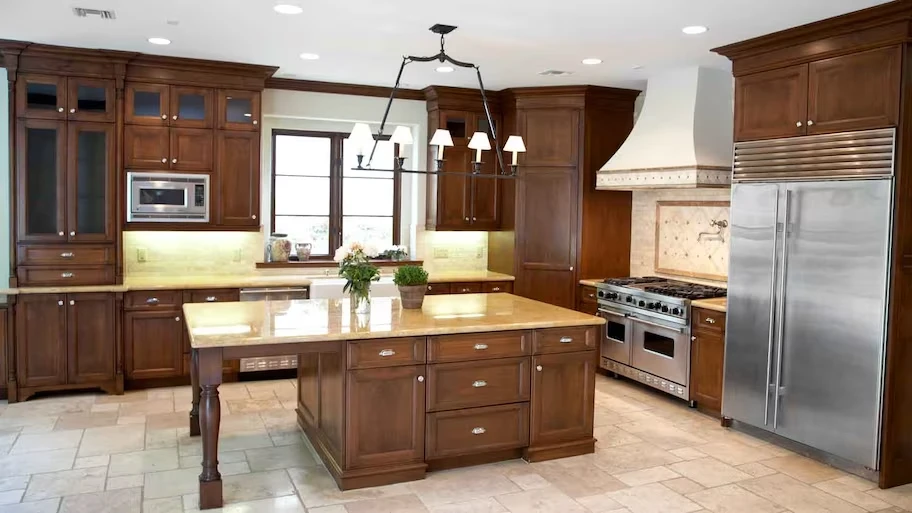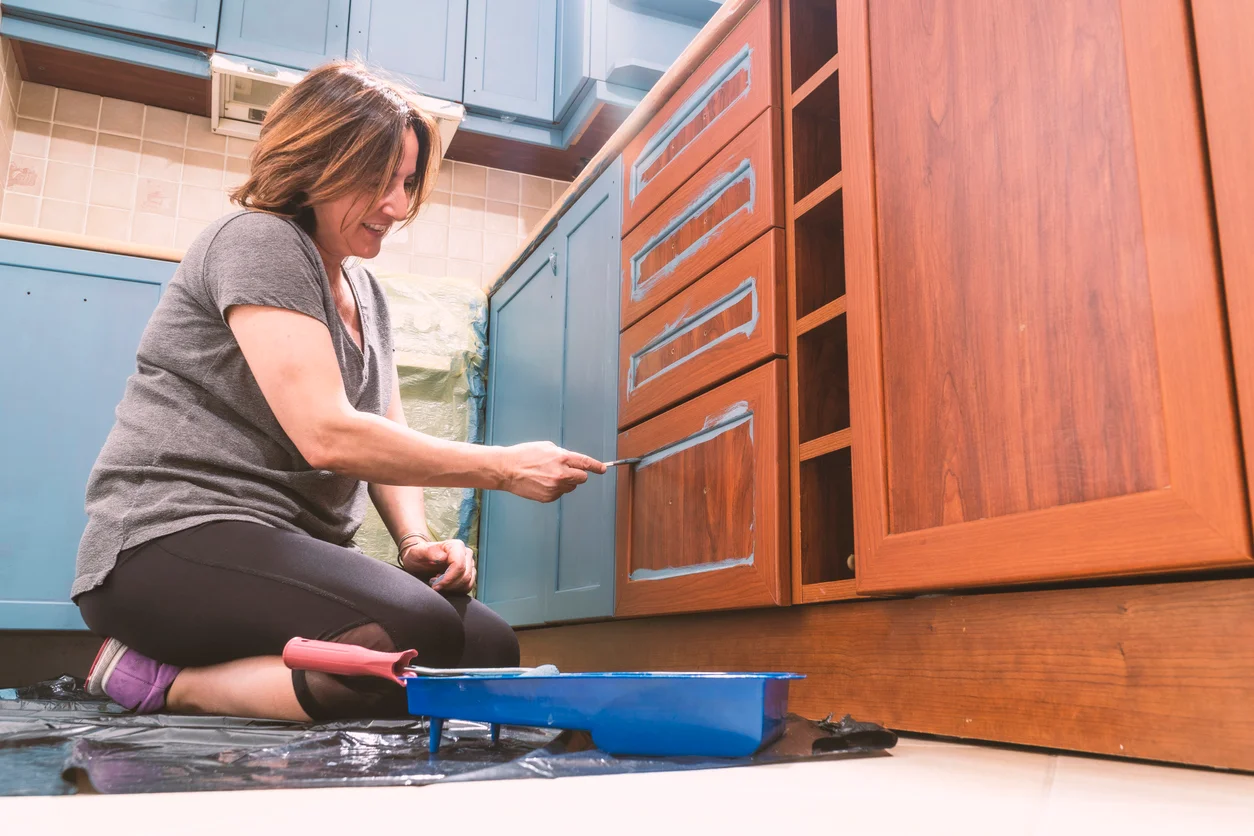Cabinet Refinishing Services
The Detailed Process of Cabinet Refinishing
The cabinet refinishing process begins with a comprehensive inspection to assess the condition of your cabinetry, identifying any areas that require special attention such as scratches, discoloration, or damage. After the inspection, the surface is cleaned and prepped to remove dirt and grease, ensuring a smooth finish. Depending on the material and condition, refinishing professionals will choose the best method—whether it's painting, staining, or glazing. Eco-friendly, high-quality products are used to achieve the desired look while preserving the environment and your cabinets. After the refinishing process, the cabinets are sealed for durability and allowed to cure, ensuring they stand up to daily wear and tear. The final steps include reinstalling the cabinet doors and hardware, followed by a detailed inspection to confirm the quality of the finish. This meticulous process ensures your kitchen cabinets are not only revitalized but also protected for years to come.
Long-Term Benefits of Hiring Professional Cabinet Refinishers
Investing in professional cabinet refinishing services offers numerous long-term benefits, ensuring your cabinets look fresh and polished for years. Regular maintenance by professionals helps prevent damage to your cabinets' surfaces, extending their lifespan and maintaining their appearance. This level of care also prevents issues like fading or cracking, which can occur from accumulated grease and dirt. Additionally, professional refinishing can address damage before it worsens, protecting the integrity of your cabinets. By avoiding the cost of a complete replacement, cabinet refinishing is a budget-friendly solution that significantly enhances your kitchen’s aesthetic.
FAQs
How often should I have my kitchen cabinets refinished?
Cabinet refinishing is typically needed every 7 to 10 years, depending on the level of use and exposure to moisture or heat in your kitchen.
Can professional cabinet refinishers remove all types of damage?
While most surface damage can be repaired, the success of refinishing depends on the extent of the damage. Deep scratches, discoloration, and peeling can often be remedied, but extensive damage may require more intensive repairs.
Is it safe to refinish kitchen cabinets on my own?
DIY refinishing can be risky without the proper tools and expertise. Hiring professional cabinet refinishers ensures a flawless finish and prevents potential damage from improper techniques or products.
What should I do if my cabinets are warped or cracked?
If your cabinets show signs of warping or cracking, it's essential to have them inspected by a professional. Many refinishing services also offer repairs such as wood replacement, crack filling, and structural reinforcement.
How can I maintain my cabinets between professional refinishing services?
To maintain your refinished cabinets, clean them regularly with a soft, damp cloth and avoid using harsh chemicals. Refrain from slamming cabinet doors, and ensure the hinges and hardware are regularly checked to prevent damage over time.







